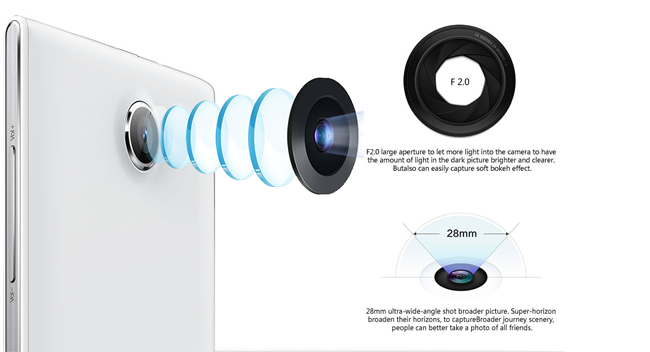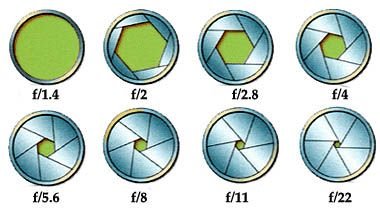Basic Elements for Choosing a Good Smartphone Camera
All the cameras of each cellular are different however they have elements in common, because of these elements we can identify them and enumerate them to know a little more about each one and thus to choose a Smartphone with a good camera.
1 .- The Objective
The objective is the part of the camera that directs light rays towards the sensor. It consists of one or more lenses of convex shape that projects the rays of light that cross it in a point called focus. When we focus on the camera actually what we do is match the focus with the camera sensor to get a clear picture.
With it, we adjust the focal length (zoom) and focus. In addition to lens and sensor, all cameras have a software that determines the image processing and also allows different shooting and editing modes, thus achieving a higher performance in Our photographic experience.
2 .- Megapixels
For a long time megapixels have been used as an indicator to indicate the good quality of the camera in Smartphone. This concept is erroneous which says that the more megapixels the camera has the better it will be the same.
This element simply provides a measure of how many pixels the images we take with the camera will have. A megapixel equals one million pixels, so an image captured with a 12-megapixel camera will have 12 million pixels.
Which means that the more pixels you have, the better, because we can zoom, crop or enlarge the image without losing quality of the photograph.
Recently the companies dedicated to the manufacture of cell phones have followed a trend of reduction in the number of pixels in the cameras of the Smartphone the objective the reduction is the use of new technologies as is the case of Dual Pixel, this technology increases the Size of the pixels obtaining a greater effect of up to 100% avoiding that the image is "dirty" by external conditions, like the lack of luminosity.
3 . - CCD and CMOS Sensors
The sensor is another element that we must take into account, since it depends a lot on the final result, the bigger the more light can capture. Also an important point is that while larger sensor size larger the pixels.
CCD (Charge Coupled Device) and CMOS (Complementary Metal Oxide Semiconductor) are the two types of sensors that at the moment we can find integrated in the cameras of Smartphones.
CCD sensors were the first to be used in smartphones, today modern phones use CMOS sensors, which until recently were reserved only for high-end terminals. The main difference between the CMOS sensor and the CCD is that the CMOS sensor pixel scanning is performed internally on some transistors while the CCD uses an analog-to-digital converter.
In addition CMOS are more sensitive to light, so poor lighting conditions behave much better. Quite the opposite that happened in the CCD.
The speed is another notable difference, the CMOS is far superior to the CCD because information processing is done inside the sensor itself, offering greater speed and therefore these sensors can record videos at speeds up to 1000 fps.
4 . - Aperture and image stabilization
There are two types of image stabilization: digital image stabilization, which uses software that compensates for small movements and optical image stabilization, which retains these movements through mechanical processes.
In what is the best is always more efficient optical image stabilization, this stabilization system offers us better results even when we have low light, there is very good image stabilization software however its quality can not compete with optical stabilization.
Aperture is measured with Number f /. The number f / is a universal scale of apertures that is based on units called diaphragm steps. The values of this scale are as follows:
In this scale we see the most used diaphragm steps although these can reach values from f / 1 to f / 64.
The larger the number, the smaller the aperture, whereby each step doubles or halves the amount of light entering the lens.
For example with an aperture of f / 16 the film receives twice as much light as with a f / 22 aperture but half with f / 11 aperture.
In addition, the choice of an aperture number f also allows us to reduce the depth of field, so that the object can be focused and the background is blurred, obtaining a bokeh effect.
5 . - Autofocus
This element provides the ability to automatically focus properly without the need for manual intervention. This feature is very important in a mobile phone, and in its absence would cause photographs to be out of focus.
Conclusion
Undoubtedly Dual Pixel cameras are the trend in current Smartphones this is linked to the use of CMOS sensors with optical image stabilizer and a greater aperture may give us better results in our photos as opposed to a greater number of megapixels and a sensor slower.
Companies like Samsung have opted to increase the size of the pixels while others like Apple focus more on improving the lens and sensor, but both offer very good results with great quality.


